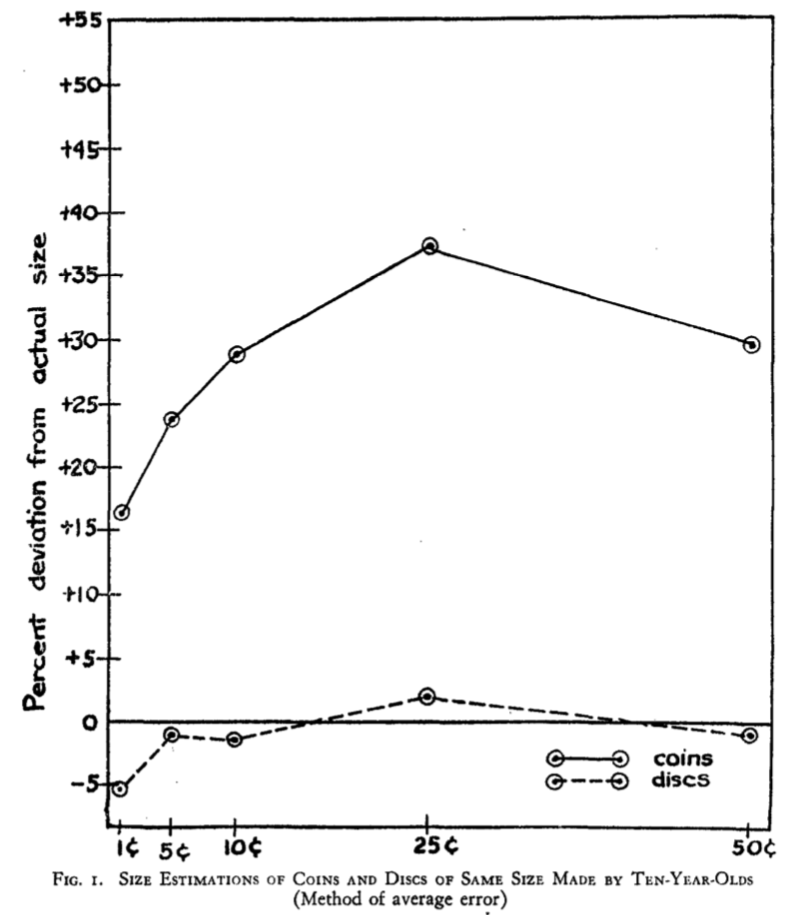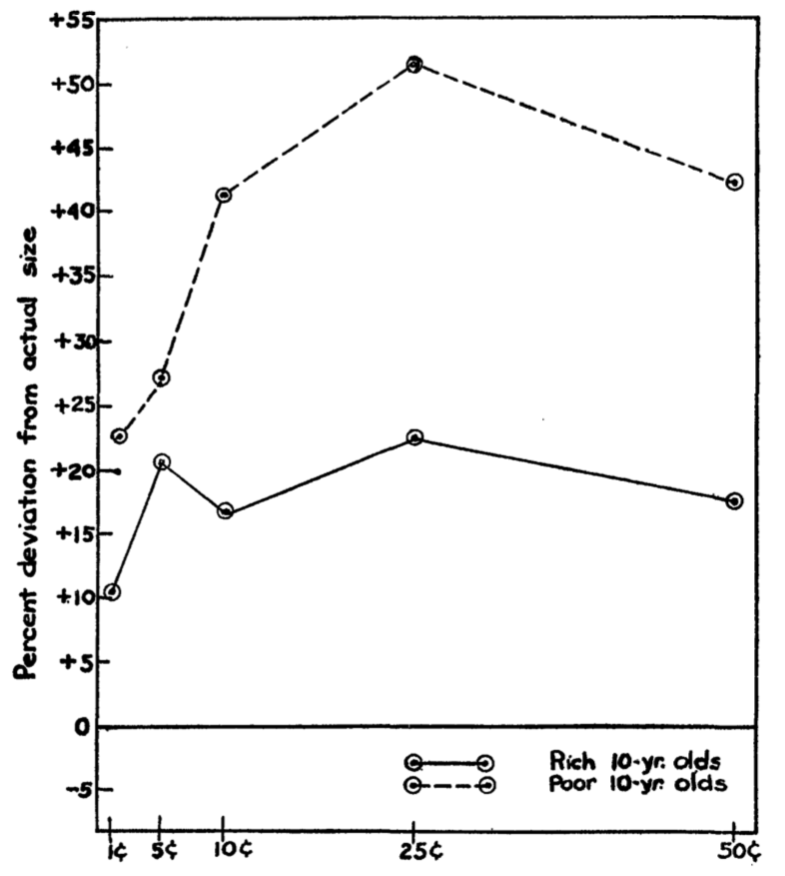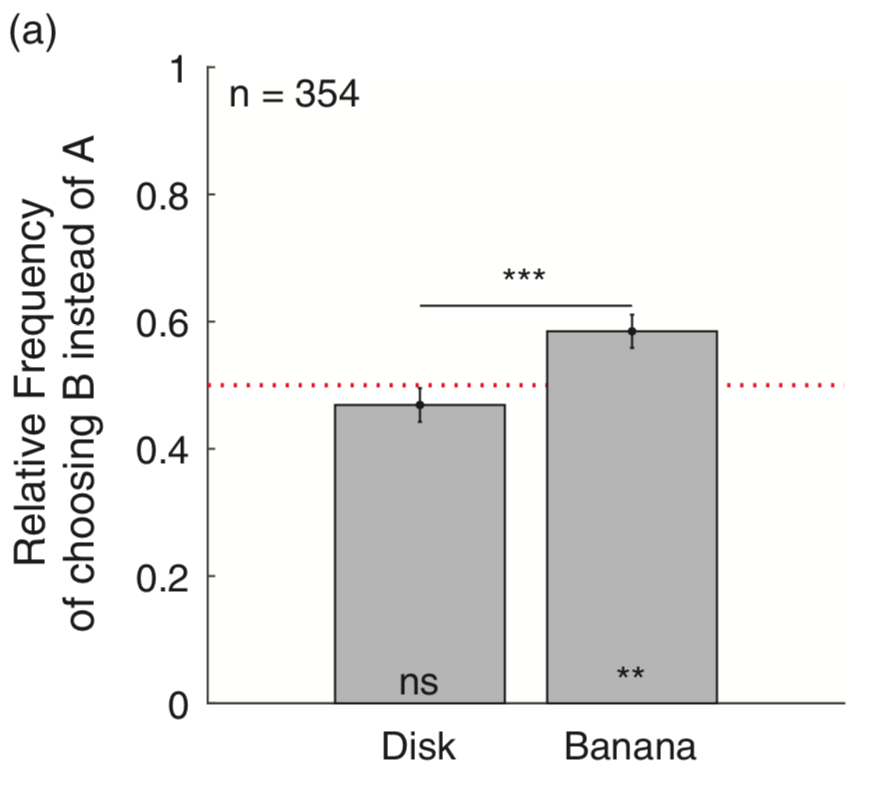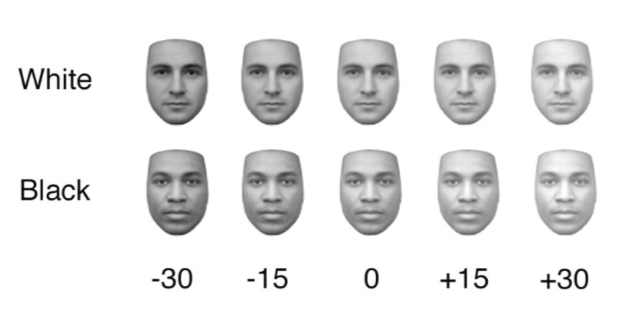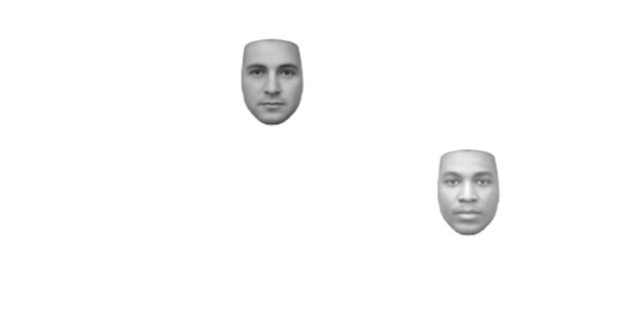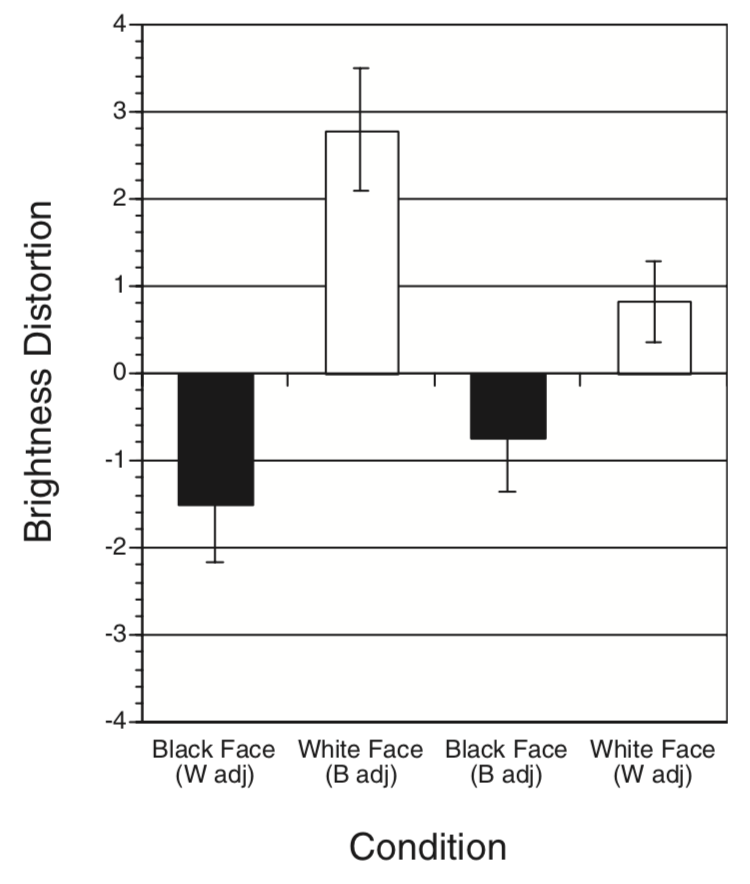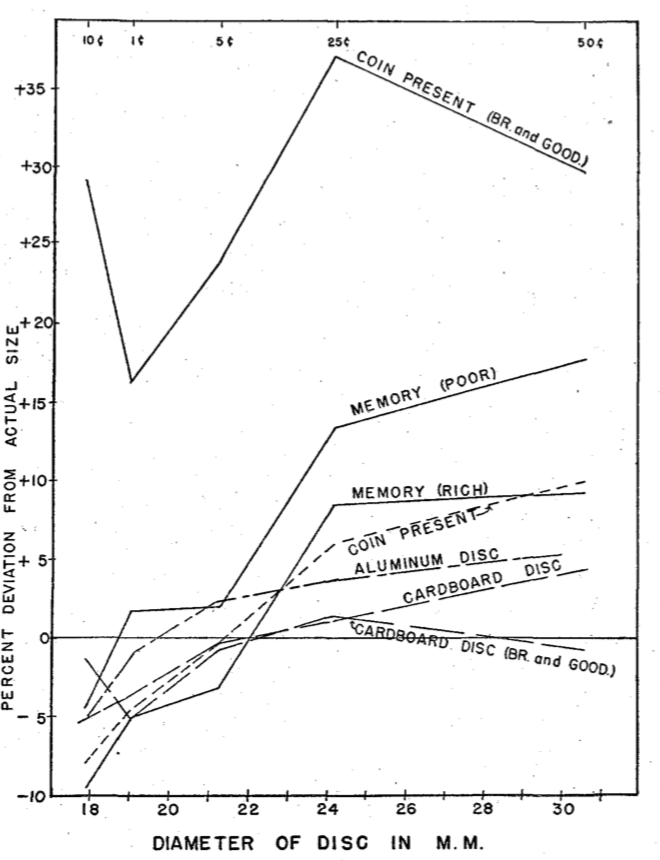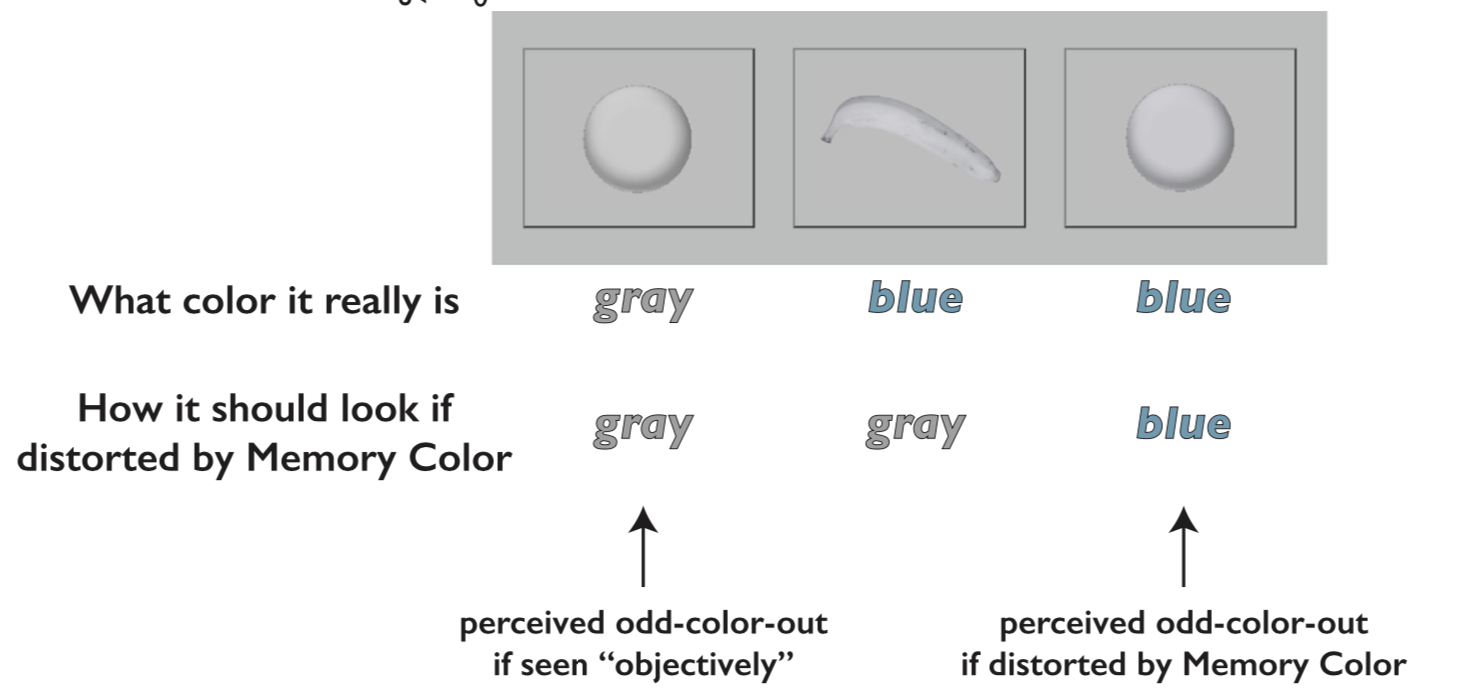Click here and press the right key for the next slide (or swipe left)
(This may not work on mobile or ipad. You can try using chrome or firefox, but even that may fail. Sorry.)
(If the slides don’t work, you can still use any direct links to recordings.)
also ...
Press the left key to go backwards (or swipe right)
Press n to toggle whether notes are shown (or add '?notes' to the url before the #)
Press m or double tap to slide thumbnails (menu)
Press ? at any time to show the keyboard shortcuts
‘'The value of philosophy is, in fact, to be sought largely in its very uncertainty. ... Philosophy is to be studied, not for the sake of any definite answers to its questions, [...] but rather for the sake of the questions themselves; because these questions enlarge our conception of what is possible, enrich our intellectual imagination, and diminish the dogmatic assurance'’
Russell 1912, pp. 91, 93
Lecture 05:
Mind & Reality
\def \ititle {Lecture 05}
\def \isubtitle {Mind & Reality}
\begin{center}
{\Large
\textbf{\ititle}: \isubtitle
}
\iemail %
\end{center}

Cognitive Penetration: Recap
\section{Cognitive Penetration: Recap}
\emph{Reading:} §Firestone, C. and Scholl, B. J. (2016). Cognition does not affect perception: Evaluating the evidence for “top-down” effects. Behavioral and Brain Sciences, 39.
What is meant by saying cognition penetrates perception ?
Dretske’s simple perception: to perceive an object is, to a first approximation,
just for perceptual
processes in you to carry information about that object.
Distinction between perceiving X vs perceiving an indicator of X and inferring X’s presence.
Definition:
to say that vision is cognitively penetrated is to say that
‘our beliefs, desires, emotions, actions, and even the languages we speak can directly influence what we see.’
Firestone & Scholl, 2016 p. 5
\citep[p.~5]{firestone:2016_cognition}
Alternative: What is cognitive penetration?
Sensory inputs provide incomplete information about objects.
Perceptual processes fill in (some of) the missing information
in accordance with principles specifying how objects behave.
Our question of cognitive penetration is:
Can anything you know or believe be used to fill in that missing information?
Why does it matter?
refutation: relation of observation to theory
acquaintance: whether perception explains the possibility of thought
1. Evidence against: why cognition does not penetrate perception.
2. Evidence for: why cognition does penetrate perception.
/ex/TorF/qq/If Lois simply sees Clark she thereby sees Superman

The Case Against the Cognitive Penetration of Perception
\section{The Case Against the Cognitive Penetration of Perception}
\emph{Reading:} §Burke, Luke. ‘On the Tunnel Effect’. Quarterly Journal of Experimental Psychology 4, no. 3 (1952): 121–38. https://doi.org/10.1080/17470215208416611., §Fodor, Jerry. ‘Observation Reconsidered’. Philosophy of Science 51, no. 1 (1984): 23–43.
How to distinguish belief (or knowledge) from perception?
The Tunnel Effect
‘Is this merely a matter of belief or of knowledge based on past experience or is the
continuity of the movement actually “seen” by the observer?’
Burke, 1952 p. 122
‘seemingly absurd question’ (Burke, 1952 p. 122)
condition: continuous (no change)
condition: discontinuous (no change)
What was varied?
the unseen ‘delay’ behind the barrier
What was measured?
length of the minimal unseen ‘delay’ behind the barrier needed to cause observers to judge that the movement is discontinuous.
‘the changes in the object at the exit do not really disturb the
continuity of the movement [...]
for the most part the experiments
proceed as if there were no changes at all.
Whatever differences there
are in the results for the four experiments seem to be due to chance.’
Burke, 1952 p. 137
information encapsulation
‘there is, in perception, a radical isolation of how things look from the effects
of much of what one believes.’
Fodor, 1984 p. 35
\citep[p.~35]{fodor:1984_observation}
synchronically vs diachronically impenetrable
‘'synchronically' impenetrable by-insensitive to-much of the perceiver's
background knowledge. Your current sophistication about the Muller-Lyre
is inaccessible to the module that mediates visual form perception and
does not, therefore, serve to dispel the illusion. But this leaves open
the question whether perception may be 'diachronically' penetrable; in
effect, whether experience and training can affect the accessability of
background theory to perceptual mechanisms.’

The Case For the Cognitive Penetration of Perception
\section{The Case For the Cognitive Penetration of Perception}
\emph{Reading:} §Bruner, Jerome, and Cecile Goodman. ‘Value and Need as Organizing Factors in Perception’. The Journal of Abnormal and Social Psychology 42, no. 1 (1947): 33–44., §Witzel, Christoph. ‘An Easy Way to Show Memory Color Effects’: I-Perception, 1 August 2016. https://doi.org/10.1177/2041669516663751., §Witzel, C., M. Olkkonen, and K. R. Gegenfurtner. ‘Memory Colours Affect Colour Appearance.’ Behavioral and Brain Sciences. 39 (2016): e262. https://doi.org/10.1017/S0140525X15002587., §Olkkonen, Maria, Thorsten Hansen, and Karl R. Gegenfurtner. ‘Color Appearance of Familiar Objects: Effects of Object Shape, Texture, and Illumination Changes’. Journal of Vision 8, no. 5 (2008): 13–13. https://doi.org/10.1167/8.5.13., §Levin, Daniel T., and Mahzarin R. Banaji. ‘Distortions in the Perceived Lightness of Faces: The Role of Race Categories’. Journal of Experimental Psychology: General 135, no. 4 (2006): 501–12. https://doi.org/10.1037/0096-3445.135.4.501.
‘the variations perception itself undergoes when one is hungry, in love, in pain, or solving a problem.’
Bruner & Goodman, 1947 p. 33
study: perceived size of valuable coins vs not valuable cardboard discs
Bruner & Goodman, 1947 figure 1
Bruner & Goodman, 1947 figure 2
Not replicated.
\citep[p.~207]{carter:1949_value}:
‘The value
of a disc or the need associated with it
is important as a determiner of judged 8. size only when the stimulus object is equivocal or absent, as when judgments
are made from memory.’
‘Because sensory signals always contain uncertainty, combining sensory
evidence with prior knowledge is a useful strategy to constrain perceptual estimates.’
Witzel et al, 2016 p. 52
\citep[p.~52]{witzel:2016_memory}
Memory colours affect colour appearance
doi:10.1017/S0140525X15002587, e262
Christoph Witzel,a,b Maria Olkkonen,c,d and Karl R. Gegenfurtnera
case study: memory colour (Duncker, 1939)
Witzel 2016, figure 3 (part)
The banana done right (nulling colour):
Olkkonen et al (2008)
Levin & Banaji, 2006 figure 2B
‘Subjects viewed two faces on each trial. One was defined as a reference face and the other was defined as an adjustable face. Subjects were told that their task was to adjust the adjustable face until it matched the lightness of the reference face. On half of the trials, the faces were of the same race (both were Black or both were White), and, on the remaining half, they were of different races. On the basis of our previous informal observations, we tested whether subjects would choose relatively dark versions of the adjustable face for the Black reference face and relatively light versions for the White reference face.’
Levin & Banaji, 2006 figure 2B
Levin & Banaji, 2006 figure 3
‘Results of Experiment 1. The two bars on the left represent trials where subjects adjusted a face of one race to match a face of the other race. The two bars on the right represent trials in which the adjusted face and the target face were the same. Positive numbers represent overlight- ening of the face. Adj adjustable.’
Apparently, your beliefs can influence your perception of
size;
colour; and
lightness.
/ex/TorF/qq/Memory colour effects provide evidence for the view that cognition penetrates perception|According to Levin & Banaji (2006), your beliefs about race categories can influence your perception of the size of a face|When asked to make the colour of a banana match a grey background, people tend to make it more blue than the background actually is.

Cognitive Penetration: Evaluation and Conclusion
\section{Cognitive Penetration: Evaluation and Conclusion}
\emph{Reading:} §Carter, Launor, and Kermit Schooler. ‘Value, Need, and Other Factors in Perception’. Psychological Review 56, no. 4 (1949): 200–207., §Valenti, J. J., and Chaz Firestone. ‘Finding the “Odd One out”: Memory Color Effects and the Logic of Appearance’. Cognition 191 (2019): 103934. https://doi.org/10.1016/j.cognition.2019.04.003., §Firestone, Chaz, and Brian J. Scholl. ‘Can You Experience “Top-down” Effects on Perception?: The Case of Race Categories and Perceived Lightness’. Psychonomic Bulletin & Review 22, no. 3 (2015): 694–700. https://doi.org/10.3758/s13423-014-0711-5., §Baker, Lewis J., and Daniel T. Levin. ‘The Face-Race Lightness Illusion Is Not Driven by Low-Level Stimulus Properties: An Empirical Reply to Firestone and Scholl (2014)’. Psychonomic Bulletin & Review 23, no. 6 (2016): 1989–95. https://doi.org/10.3758/s13423-016-1048-z.
Does cognition penetrate perception?
for
value belief -> perceived size (Bruner & Goodman, 1947)
kind belief -> perceived colour (Olkkonen et al, 2008)
race belief -> perceived lightness (Levin & Banaji)
against
the tunnel effect not affected by beliefs (Burke, 1952)
... and almost any case in which perceptual errors can be predictably generated.
Carter & Schooler, 1949 figure 1
Does cognition penetrate perception?
for
value belief -> perceived size (Bruner & Goodman, 1947)
kind belief -> perceived colour (Olkkonen et al, 2008)
race belief -> perceived lightness (Levin & Banaji)
against
the tunnel effect not affected by beliefs (Burke, 1952)
... and almost any case in which perceptual errors can be predictably generated.
Valenti & Firestone, 2019 figure 1 (part)
Does cognition penetrate perception?
for
value belief -> perceived size (Bruner & Goodman, 1947)
kind belief -> perceived colour (Olkkonen et al, 2008)
race belief -> perceived lightness (Levin & Banaji)
against
the tunnel effect not affected by beliefs (Burke, 1952)
... and almost any case in which perceptual errors can be predictably generated.
Firestone and Scholl, 2015 figure 1
FIrestone & scholl
‘we replicated this study with blurred versions of the face stimuli, so
as to eliminate race information while preserving many low-level
differences in the images (includ- ing the match in average luminance and
contrast) – as in Figure 3B (Firestone & Scholl 2015a). After blurring,
the vast majority of observers asserted that the two faces actually had
the same race (or were even the same person). However, even those
observers who asserted that the faces had the same race nevertheless
judged the blurry image derived from the Black face to be darker than the
blurry image derived from the White face.’
reply in \citep{baker:2016_facerace} and BBS
Does cognition penetrate perception?
for
value belief -> perceived size (Bruner & Goodman, 1947)
kind belief -> perceived colour (Olkkonen et al, 2008)
race belief -> perceived lightness (Levin & Banaji)
against
the tunnel effect not affected by beliefs (Burke, 1952)
... and almost any case in which perceptual errors can be predictably generated.
/ex/TorF/qq/Bruner & Goodman (1947) provide sound evidence for cognitive penetration|Olkkonen et al’s (2008) memory colour research provides compelling evidence for cognitive penetration|Levin and Banaji (2006) have shown that cognition penetrates perception.



